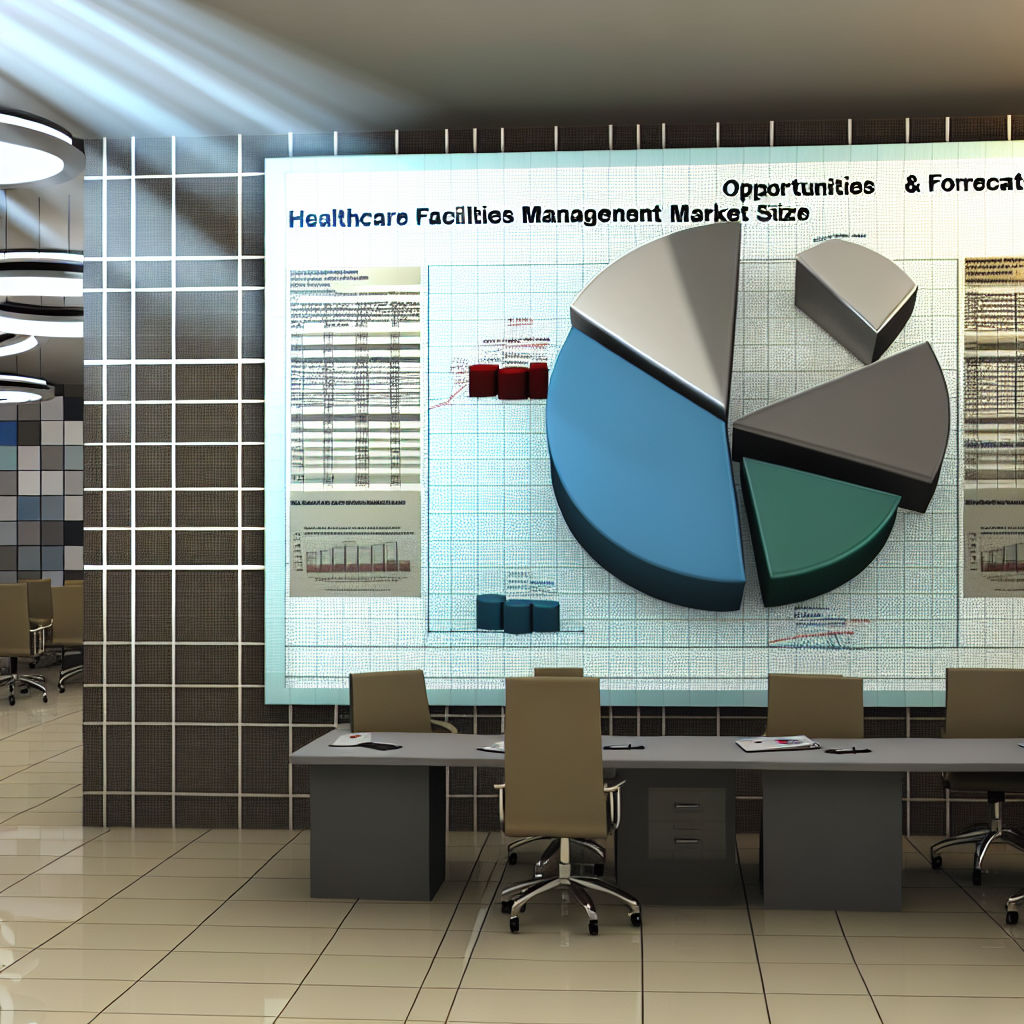Explore the healthcare facilities management market size, opportunities, and forecasts for strategic insights.
Healthcare Facilities Management Market Size, Opportunities & Forecast

Table of Contents
- Healthcare Facilities Management Market Size, Opportunities & Forecast
- Current Market Overview
- Key Opportunities in Healthcare Facilities Management
- Integration of Smart Technologies
- Focus on Sustainability
- Enhanced Patient Experience
- Market Challenges
- Case Studies
- Case Study 1: Smart Hospital in Europe
- Case Study 2: Outsourced Facilities Management in the U.S.
- Forecast and Future Trends
- Conclusion
Healthcare Facilities Management Market Size, Opportunities & Forecast

The healthcare facilities management market is a critical segment of the healthcare sector, focusing on the efficiency and effectiveness of healthcare environments. This market encompasses a wide range of services and solutions designed to ensure the optimal functioning of medical facilities, from hospitals and clinics to long-term care facilities and rehabilitation centers. In this article, we will explore the current market size, emerging opportunities, and forecasted trends in healthcare facilities management, providing a comprehensive overview for stakeholders and investors.
Current Market Overview
The global healthcare facilities management market has witnessed significant growth over the past decade, driven by increasing demand for quality healthcare services and the growing complexity of healthcare operations. According to recent studies, the market size was valued at approximately USD 223.61 billion in 2020 and is expected to continue its growth trajectory.
Several factors contribute to this expansion:
- Regulatory Compliance: Increasing regulations regarding safety, waste management, and patient care standards require sophisticated management tools and services.
- Technological Advancements: Integration of IoT, AI, and automation in facilities management has improved the efficiency of operations.
- Outsourcing Trends: Many healthcare providers are outsourcing facilities management to focus more on core medical services.
Key Opportunities in Healthcare Facilities Management
As the market evolves, several key opportunities have emerged that could define the future trajectory of healthcare facilities management:
Integration of Smart Technologies
Smart technologies such as IoT and AI are revolutionizing how healthcare facilities are managed. For example, IoT devices can monitor critical infrastructure like HVAC systems and lighting to ensure they are functioning efficiently, thereby reducing energy costs and improving patient comfort.
Focus on Sustainability
There is a growing emphasis on creating sustainable and green healthcare facilities. Management services that can effectively implement energy-efficient systems and waste reduction practices are increasingly in demand.
Enhanced Patient Experience
Facilities management now also focuses on enhancing the patient experience through better facility design, navigation, cleanliness, and safety measures. This holistic approach can significantly impact patient satisfaction and outcomes.
Market Challenges
Despite the opportunities, there are several challenges that the market faces:
- High Initial Costs: Implementing advanced management solutions can be costly, especially for small to medium-sized healthcare facilities.
- Complexity in Implementation: Integrating new technologies with existing systems can be complex and disruptive.
- Skilled Personnel Shortage: There is a shortage of skilled professionals who can manage and operate advanced facility management systems effectively.
Case Studies
Examining real-world examples can provide insights into how effective facilities management can transform healthcare services:
Case Study 1: Smart Hospital in Europe
A hospital in Sweden implemented a fully integrated smart building system that controls everything from lighting to security and medical equipment. This integration has led to a 20% reduction in energy costs and improved patient care efficiency.
Case Study 2: Outsourced Facilities Management in the U.S.
A large hospital network in the United States outsourced its entire facilities management operations to a specialized provider. This move resulted in a 30% reduction in operational costs and significantly improved service delivery times.
Forecast and Future Trends
Looking ahead, the healthcare facilities management market is expected to grow at a compound annual growth rate (CAGR) of around 10% from 2021 to 2028. Key trends that will drive this growth include:
- Increased Adoption of Digital Tools: Digital tools for asset management, maintenance, and patient flow management will become more prevalent.
- Greater Focus on Infection Control: The COVID-19 pandemic has highlighted the need for better infection control measures in healthcare settings.
- Expansion in Developing Regions: Rapidly improving healthcare infrastructure in regions like Asia-Pacific and the Middle East offers new growth avenues.
Conclusion
The healthcare facilities management market is poised for significant growth, driven by technological advancements, regulatory requirements, and a focus on sustainability and patient care. While challenges such as high costs and complexity in implementation exist, the opportunities for improving healthcare services through effective facilities management are vast. Stakeholders in the healthcare sector must stay informed and adaptable to leverage these trends and drive improvements in healthcare environments.
In conclusion, as the healthcare industry continues to evolve, so too will the strategies for managing healthcare facilities. By embracing new technologies and focusing on sustainability and patient experience, healthcare facilities can not only reduce costs but also significantly enhance the quality of care provided.








